Luxury cars have always held a special place in the hearts of automotive enthusiasts and status-conscious consumers alike. They symbolize not just transportation, but success, refinement, and the pursuit of comfort and style.
The purr of a finely tuned engine, the embrace of leather seats, and the smooth, isolated ride across asphalt—it’s all part of an experience that goes beyond getting from point A to B. But behind the glitz and gloss lies a crucial truth that most buyers only realize after the honeymoon period: maintenance can make or break your ownership experience.
What many people forget is that the cost of owning a car doesn’t end at the purchase price. In fact, for many luxury vehicles, the real cost begins after the warranty ends or the odometer hits a certain milestone.
Oil changes, brake pads, spark plugs, tires—these aren’t optional, and when you’re dealing with high-end machines, every service item becomes exponentially more expensive.
Then there are the surprise repairs: electrical gremlins, failing air suspensions, oil leaks from twin-turbo V8s, and infotainment systems that decide to stop working for no apparent reason. These issues don’t just dent your wallet—they can completely upend your budget.
However, not all luxury cars are created equal when it comes to long-term ownership costs. Some manage to offer premium features, styling, and comfort without becoming a financial nightmare. These are the hidden gems of the luxury world—vehicles that deliver high-end experiences while remaining mechanically sound and relatively inexpensive to maintain.
Whether it’s thanks to shared platforms with reliable mainstream brands, simple and proven powertrains, or a thoughtful approach to technology, these cars allow you to have your luxury cake and eat it too.
On the opposite end of the spectrum, some vehicles become money pits the moment they leave the showroom. These are the cars that may look stunning and offer world-class amenities, but hide a mechanical time bomb under the hood.
They’re often loaded with over-engineered technology, expensive proprietary parts, and complex powertrains that require specialized labor. For owners who aren’t aware of what they’re getting into, these luxury models can turn into monthly repair marathons and a source of constant stress.
This article aims to give you the full picture—five luxury cars that are surprisingly cheap to maintain, and five that will drain your wallet month after month.
This is more than just a list of specs or subjective opinions. We’ll dig into real-world ownership experiences, reliability data, and known maintenance trends to offer a brutally honest look at what it really means to live with these vehicles.
If you’re in the market for a luxury car—or simply curious about which brands treat your bank account kindly—this guide is designed to help you make the smartest possible decision.
Owning a luxury car should be a joy, not a burden. You should be excited to drive your car, not terrified every time the check engine light comes on.
By the time you reach the end of this article, you’ll know exactly which models deserve your hard-earned money—and which ones might end up owning you instead. Let’s begin by exploring the luxury cars that offer more than just comfort and prestige—they also offer reliability and financial peace of mind.
Also Read: 5 Cars You Can Abandon for a Year and They Still Start and 5 That Die in a Week
5 Luxury Cars With Cheap Maintenance
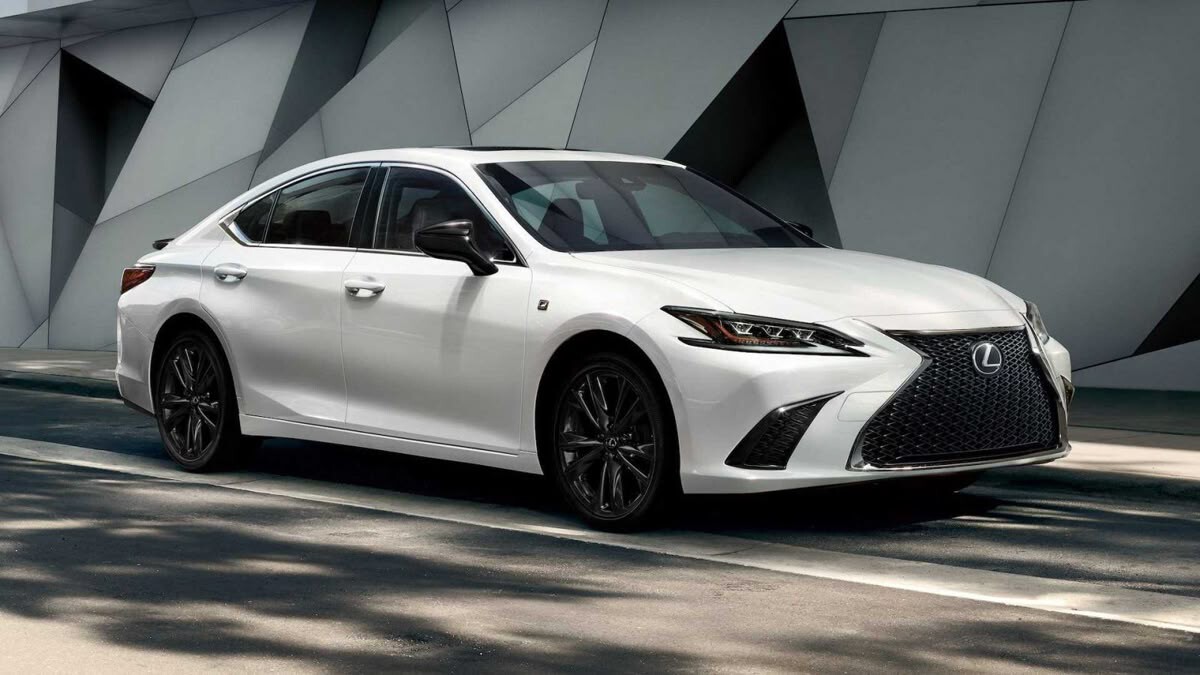
1. Lexus ES
The Lexus ES has long stood as a benchmark for what a reliable luxury sedan can be. Unlike its German rivals that often dazzle with aggressive styling and sporty handling, the ES emphasizes comfort, tranquility, and long-term dependability.
Built on the same platform as the Toyota Camry, one of the most reliable cars ever made, the Lexus ES inherits Toyota’s core values—durability, ease of ownership, and low operating costs. This marriage of luxury and mainstream practicality is precisely why the ES consistently tops owner satisfaction surveys and maintains an excellent reputation in the used car market.
Under the hood, the ES usually sports a naturally aspirated V6 engine or, in more recent models, a hybrid four-cylinder. These engines are incredibly well-tested and are not burdened by the high-strain technologies (like turbochargers or dual-clutch transmissions) found in many European luxury models.
Lexus keeps things elegantly simple, which translates into fewer potential failure points and significantly lower repair bills over time. Many owners report surpassing 200,000 miles with only regular oil changes, fluid replacements, and basic component maintenance—proof of the ES’s long-term viability.
Beyond mechanical reliability, Lexus shines in the service and ownership experience. Dealerships are generally regarded as more transparent and customer-oriented compared to some luxury counterparts. Lexus offers complimentary scheduled maintenance for the first couple of years and boasts a relatively low cost for out-of-pocket services beyond the warranty period.
Labor times for repairs are short, parts are readily available (many shared with Toyota), and third-party shops are often equipped to service the ES due to its mechanical similarities with more common Toyota vehicles.
While the Lexus ES may not set your pulse racing or make headlines in car enthusiast circles, it delivers what most luxury car owners genuinely need: a quiet, refined cabin, buttery smooth ride quality, an excellent suite of tech and safety features, and the priceless peace of mind that comes with low maintenance needs.
In a market flooded with high-maintenance status symbols, the ES stands tall as the smart buyer’s luxury car—a vehicle that asks little but gives plenty.
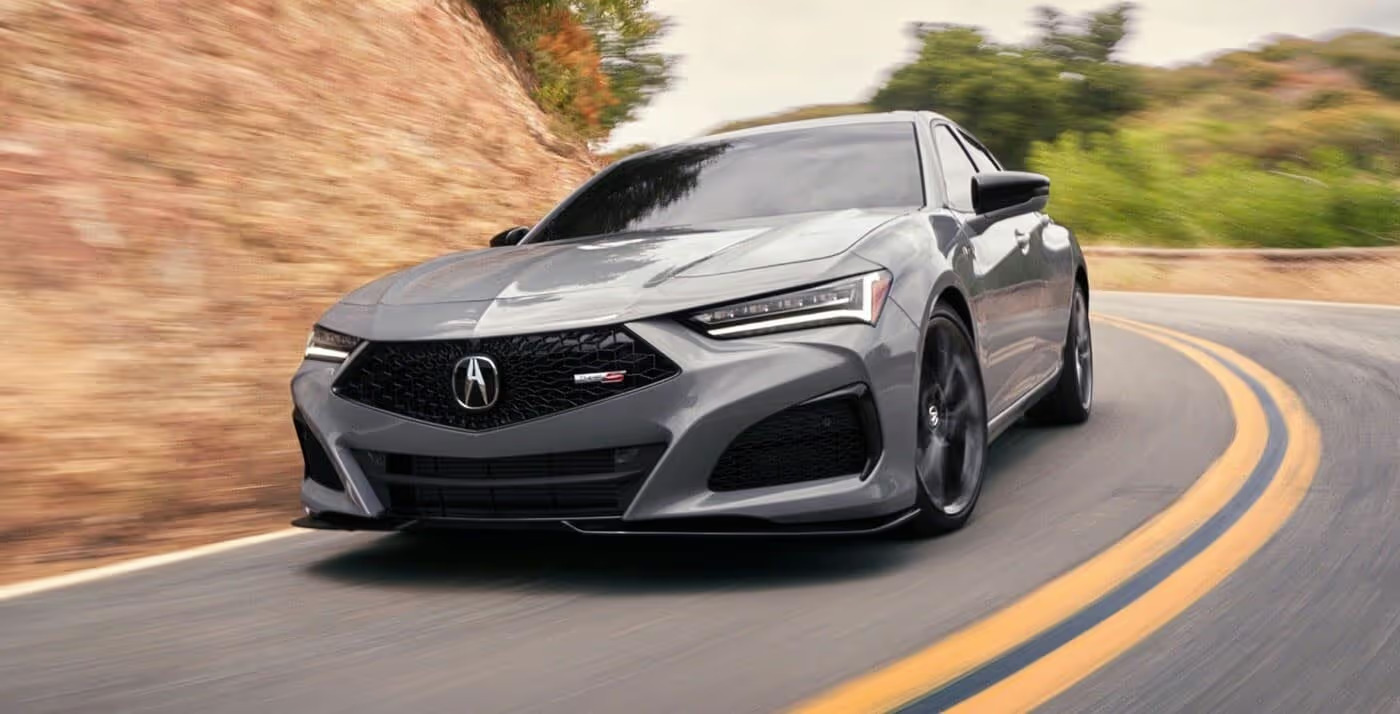
2. Acura TLX
The Acura TLX represents an attractive alternative to European luxury sedans, blending spirited performance, stylish design, and Honda’s legendary reliability in one compelling package.
Unlike brands that prioritize innovation for innovation’s sake, Acura takes a more methodical approach, refining proven technology rather than adopting cutting-edge systems that haven’t stood the test of time.
This deliberate engineering philosophy makes the TLX not just fun to drive, but also one of the most affordable luxury sedans to maintain over the long haul.
Many TLX models come equipped with naturally aspirated engines, especially in the earlier generations. These engines are lauded for their mechanical simplicity and bulletproof reliability. Even in newer models with turbocharged four-cylinders or the performance-focused Type S trim, Acura carefully engineers the drivetrain for endurance.
Unlike BMW or Audi engines that often require costly maintenance around the 60,000 to 100,000-mile mark (like timing chain issues or carbon buildup), TLX engines typically plug along smoothly with just routine oil and filter changes. The use of Honda-sourced components also ensures that parts are easy to find and reasonably priced.
Another area where the TLX shines is its balanced use of technology. Acura offers premium features—adaptive cruise control, lane-keeping assist, ELS Studio audio systems, and dual-screen infotainment—but not at the cost of repairability.
The tech isn’t overly complex or prone to malfunction. In addition, Acura’s SH-AWD (Super Handling All-Wheel Drive) system, while sophisticated, has a strong reputation for durability and doesn’t require excessive upkeep. Unlike the finicky quattro or xDrive systems found in some European cars, Acura’s AWD components are relatively low-maintenance and efficient.
Owners often find that Acura’s service network is refreshingly straightforward. Most Honda service centers can accommodate Acura vehicles, which increases competition and drives down service prices. Independent mechanics are also comfortable working on TLX models, as the architecture shares DNA with mass-market Honda vehicles.
This widespread support base, coupled with above-average reliability, makes the Acura TLX an ideal choice for anyone who wants to enjoy the perks of a luxury car without suffering the typical financial penalties.
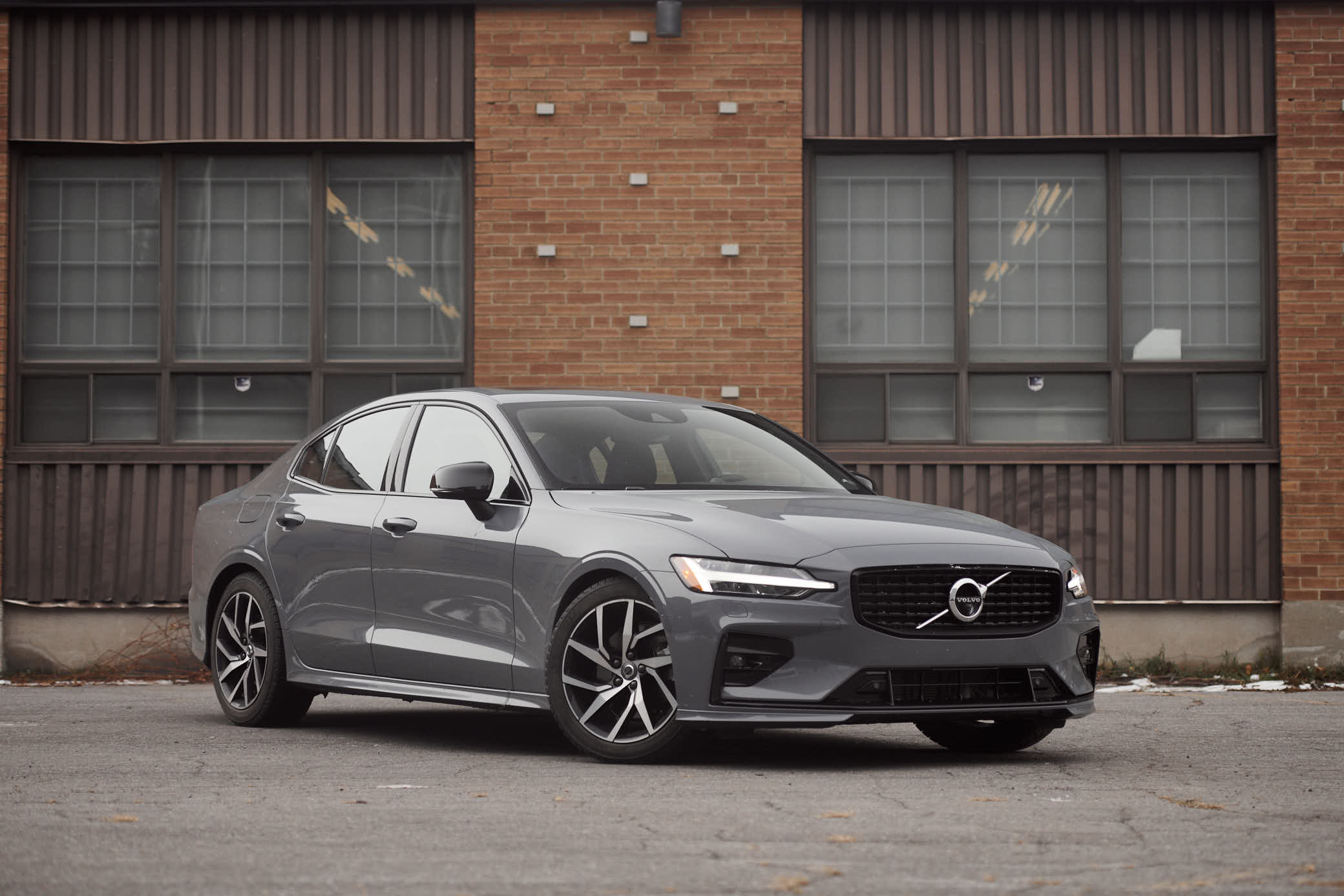
3. Volvo S60
The Volvo S60 may not get as much attention as its German competitors, but it’s a quiet achiever in the world of affordable luxury cars. With Swedish sensibility and a focus on functionality, safety, and longevity, the S60 blends luxury and simplicity in a way that few others manage.
Volvo has a long-standing reputation for building sturdy, dependable vehicles, and the S60 carries that legacy forward with a modern twist. It’s the kind of car that might not turn every head on the street, but it will earn quiet nods of respect from those in the know, especially mechanics.
Mechanically, the S60 has gone through a few powertrain iterations over the years, but in its more recent forms, it features efficient turbocharged four-cylinder engines that are engineered for both performance and longevity.
Unlike many European brands that push the envelope of power output to the detriment of reliability, Volvo keeps its powertrains modestly tuned, which significantly reduces wear and tear.
These engines also tend to have longer maintenance intervals, fewer internal stress points, and a straightforward architecture that independent shops can work on without excessive labor charges.
What further distinguishes the S60 is Volvo’s emphasis on long-term value. Newer models come with free scheduled maintenance for the first few years, including oil changes, filter replacements, and inspections.
This proactive approach helps catch issues before they become costly problems and minimizes out-of-pocket expenses during the critical early years of ownership. Volvo also offers a solid warranty package, which includes comprehensive coverage and strong support from dealerships known for their integrity and professionalism.
The cabin of the S60 is another highlight—subtly luxurious with soft-touch materials, intuitive tech interfaces, and ergonomically designed seats that are perfect for long commutes. Even here, Volvo’s design philosophy favors simplicity over flash.
You won’t find dozens of redundant screens or overcomplicated controls, which also means there’s less that can go wrong electronically. For anyone who values safety, longevity, and tasteful luxury without the hassle of constant repair bills, the Volvo S60 is a compelling, underrated choice that proves premium ownership doesn’t have to come with a premium pain.
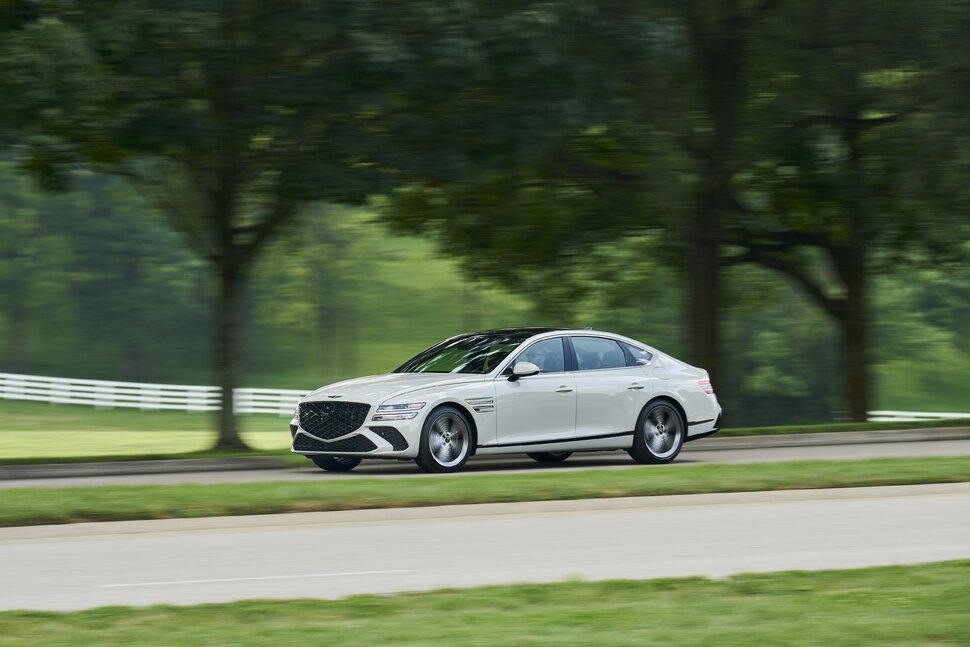
4. Genesis G80
The Genesis G80 is a relative newcomer in the luxury market, but it has quickly carved out a space as a disruptor. Developed by Hyundai’s luxury division, the G80 offers executive-class elegance at a surprisingly affordable entry point, both in terms of purchase price and maintenance costs.
Many skeptics originally questioned whether Genesis could compete with the likes of BMW, Audi, and Lexus. But over the last few years, the G80 has answered that question decisively—not only matching its competitors in refinement but also beating them in long-term affordability and customer satisfaction.
Beneath its stately exterior, the G80 relies on time-tested powertrains that emphasize reliability over radical innovation. Naturally aspirated engines from earlier models and carefully engineered turbocharged engines in newer versions provide a good mix of performance and dependability.
There’s a deliberate avoidance of overly exotic technologies like dual-clutch gearboxes or overly intricate suspension systems, which can become headaches as the miles stack up. The G80’s mechanical layout is clean and straightforward, allowing technicians to perform regular maintenance and diagnostics without tearing apart half the vehicle.
Another area where Genesis excels is ownership experience. The brand offers some of the most comprehensive warranties in the industry—up to 10 years or 100,000 miles for powertrain components. This level of coverage significantly reduces the financial risk of owning a luxury car and offers peace of mind that few rivals can match.
Genesis also provides complimentary scheduled maintenance for the first few years, and some models even include concierge service that picks up and drops off the vehicle for service appointments, further reducing the time and stress associated with upkeep.
Perhaps what’s most impressive about the G80 is how well it nails the core values of luxury—comfort, silence, tech, and design—without falling into the trap of being overly delicate or needlessly complex.
It offers a genuine luxury car experience with rich interiors, advanced safety features, and intuitive technology, but without the scary repair bills. In a segment where status often comes at the cost of reliability, the Genesis G80 dares to offer both, making it one of the smartest buys in luxury today.
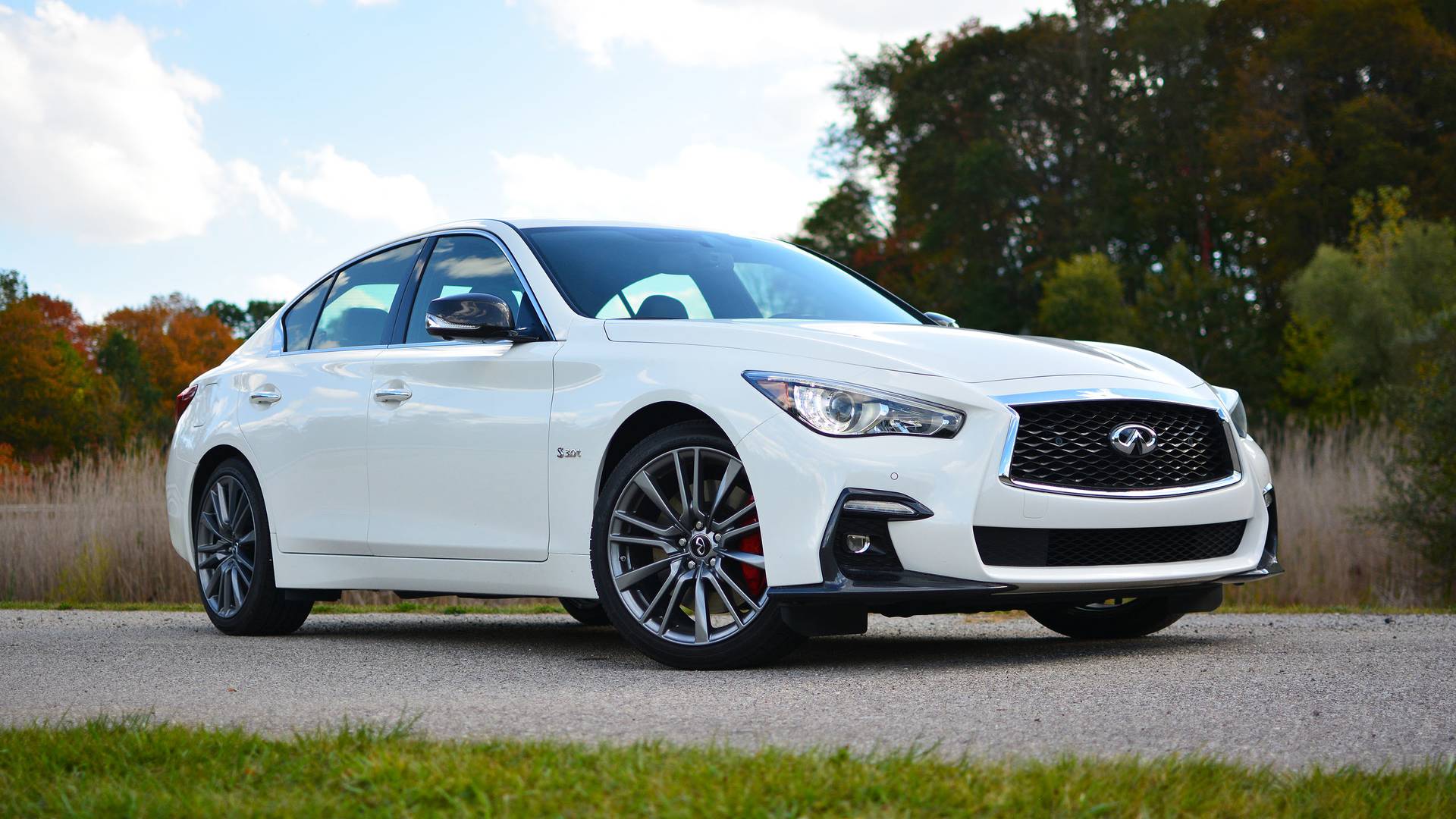
5. Infiniti Q50
The Infiniti Q50 is a sleek, modern luxury sedan that delivers on style, performance, and surprisingly low maintenance costs. Often overlooked in favor of flashier German rivals, the Q50 quietly holds its own thanks to robust engineering, dependable drivetrains, and a long-standing philosophy of combining luxury with longevity.
As Nissan’s premium brand, Infiniti benefits from years of tested technology and component sharing that ensures both affordability and wide serviceability.
One of the Q50’s strongest features is its powertrain lineup. The early models came with the tried-and-true 3.7-liter V6 engine—known for its bulletproof reliability and widespread parts availability.
Even newer models featuring twin-turbo V6 engines, while more complex, have been engineered with a focus on durability and are far less prone to catastrophic failure than some of their German counterparts. These engines rarely require more than standard maintenance if serviced regularly, which is a major win for owners seeking peace of mind.
Infiniti’s approach to technology is also worth noting. While the Q50 comes loaded with features like dual touchscreens, driver assistance tools, and premium audio, the systems themselves are not overly complicated. There’s a learning curve, but these features are not as finicky or failure-prone as systems found in competitors like Mercedes or BMW.
In many cases, the issues that do arise are minor and can be addressed quickly at relatively low cost. Additionally, because the platform is shared with other Nissan and Infiniti vehicles, many independent mechanics are comfortable working on it—saving you from expensive dealer-only repairs.
Perhaps most importantly, the cost of ownership remains stable and predictable. Insurance rates are generally lower than those for European luxury cars, and both routine service and major repairs fall into the affordable category compared to class norms.
While it might not carry the same badge prestige as a BMW 3 Series or Audi A4, the Q50 delivers an engaging drive, handsome styling, and long-term affordability that rivals can’t match. For buyers who want to enjoy luxury and performance without watching their savings evaporate, the Infiniti Q50 is a savvy and sensible choice.
5 Luxury Cars That Drain Your Wallet Monthly
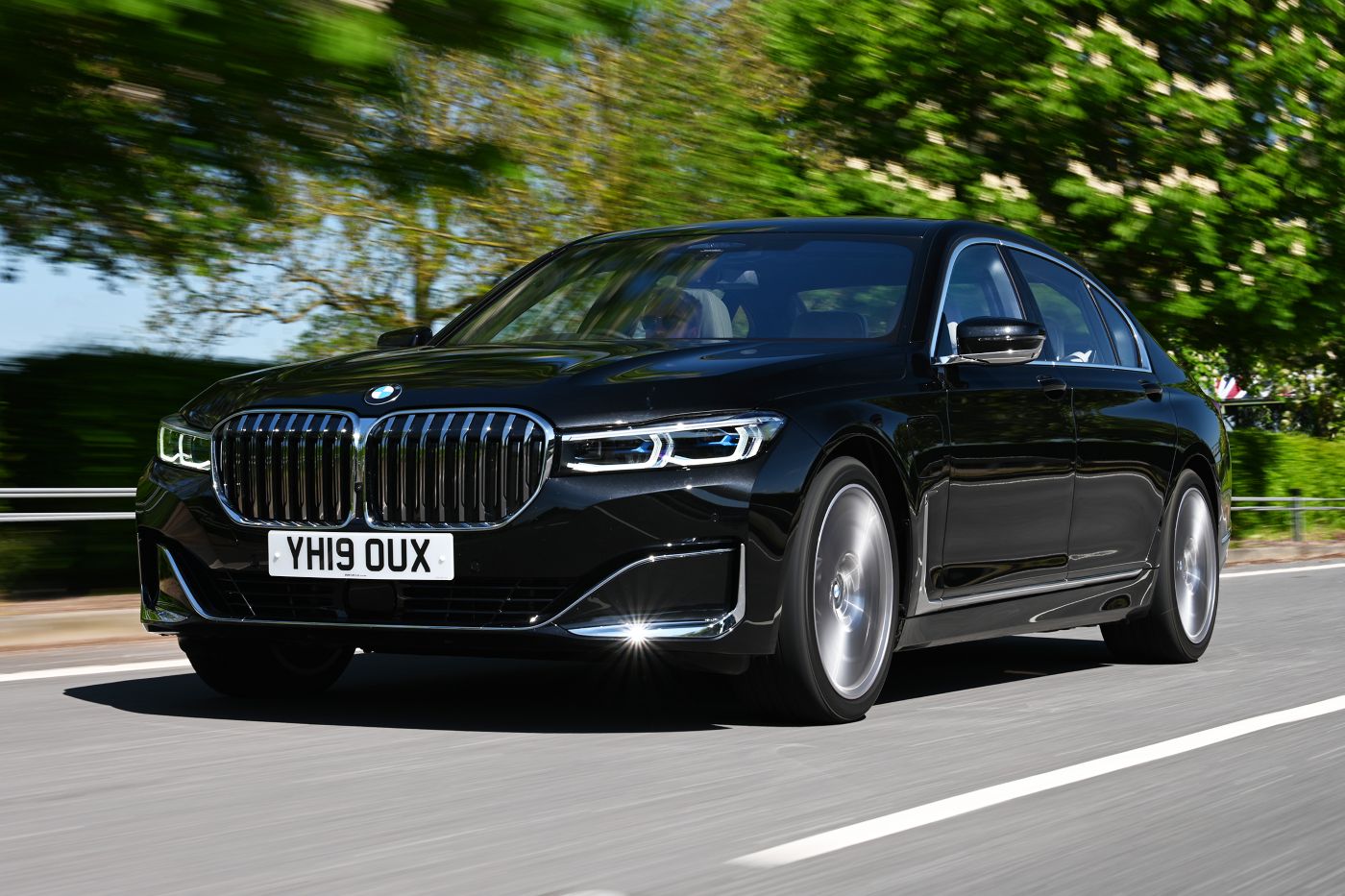
1. BMW 7 Series
The BMW 7 Series is often seen as the pinnacle of German luxury, offering supreme comfort, impressive technology, and an opulent driving experience. But behind the polished exterior and advanced engineering lies a maintenance profile that could make even high-income earners think twice.
The 7 Series is known for incorporating cutting-edge systems before they become standard in the industry, which means it frequently comes loaded with complex features that can—and often do—fail over time. Owning a 7 Series beyond its warranty period can quickly become a game of financial roulette.
One of the most troublesome aspects of the 7 Series is its reliance on advanced electronics and software. Air suspension, adaptive LED headlights, soft-close doors, massage seats, night vision cameras, and gesture control are all enticing features—until they start to fail.
The issue isn’t just that they break; it’s that they are expensive and time-consuming to diagnose and repair. Often, these failures require complete module replacements that cost thousands in parts alone, not including BMW-certified labor, which tends to be priced at a premium.
Powertrain reliability is another concern, especially with the turbocharged V8 and V12 models. Oil leaks from valve cover gaskets and turbo oil lines are common, along with coolant system failures, timing chain stretch, and high-pressure fuel pump issues.
These problems are not only frequent but also labor-intensive to fix. Many of the engine components are tightly packed under the hood, requiring hours of labor just to access them—turning what should be a simple job into a costly nightmare.
In short, the BMW 7 Series is a perfect example of “luxury comes at a cost.” While the car delivers an exceptional experience behind the wheel, it also demands unwavering financial commitment.
It’s not unusual for owners to face monthly repair or upkeep expenses in the hundreds, even thousands, once the vehicle reaches a certain age. If you’re considering a used 7 Series without a rock-solid extended warranty, you’re not buying a car—you’re buying a subscription to expensive surprises.
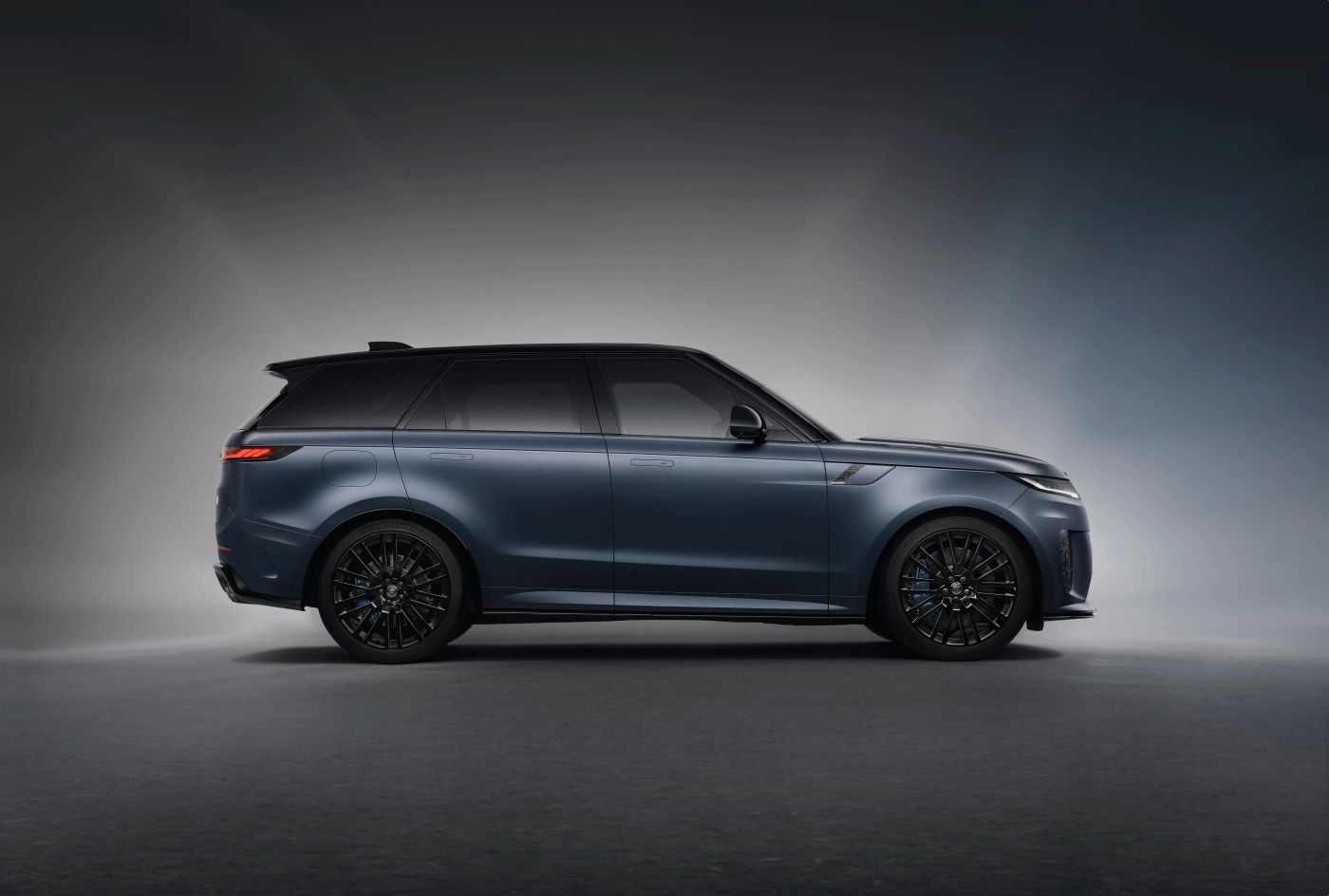
2. Range Rover (Especially Sport and Autobiography Models)
Few vehicles project status like the Range Rover. It’s the SUV of choice for celebrities, business magnates, and royalty. With its commanding presence, plush interior, and go-anywhere capability, it’s easy to see why so many aspire to own one.
But owning a Range Rover—especially higher-end trims like the Sport or Autobiography—is less of a dream and more of a financial commitment you should never underestimate. Ask any experienced mechanic, and they’ll confirm: Range Rovers are some of the most problematic and expensive vehicles to maintain.
The Range Rover’s downfall is its complexity. It features everything from adjustable air suspension to dual-screen infotainment, terrain response systems, and multiple ECUs controlling virtually every function of the vehicle. This results in a stunning driving experience when everything works—but the odds of everything working simultaneously are not in your favor.
Suspension failures, sensor malfunctions, electrical gremlins, and infotainment glitches are common even in relatively new models. Repairing these issues is often a slow and expensive process, made worse by limited access to parts and the need for specialized diagnostics.
Engine issues are also a concern. Supercharged V6 and V8 engines can suffer from timing chain problems, oil leaks, coolant loss, and crankshaft bearing wear. When these issues appear, they usually do so after the warranty has expired. Labor costs are among the highest in the industry due to the SUV’s tight engine bay and complexity.
Even a standard brake service or oil change can cost significantly more than you’d pay for a comparable German SUV. The Range Rover is a textbook case of how luxury off-road performance comes with a brutal long-term price tag.
It’s not just the maintenance costs that hit hard—it’s the frequency of visits to the shop. Many Range Rover owners find themselves at the dealership monthly, if not more often, dealing with minor or major issues that accumulate quickly.
Without an extended warranty or dedicated repair budget, Range Rover ownership can feel like financial death by a thousand cuts. It’s a striking, powerful machine that unfortunately doubles as a wallet assassin.
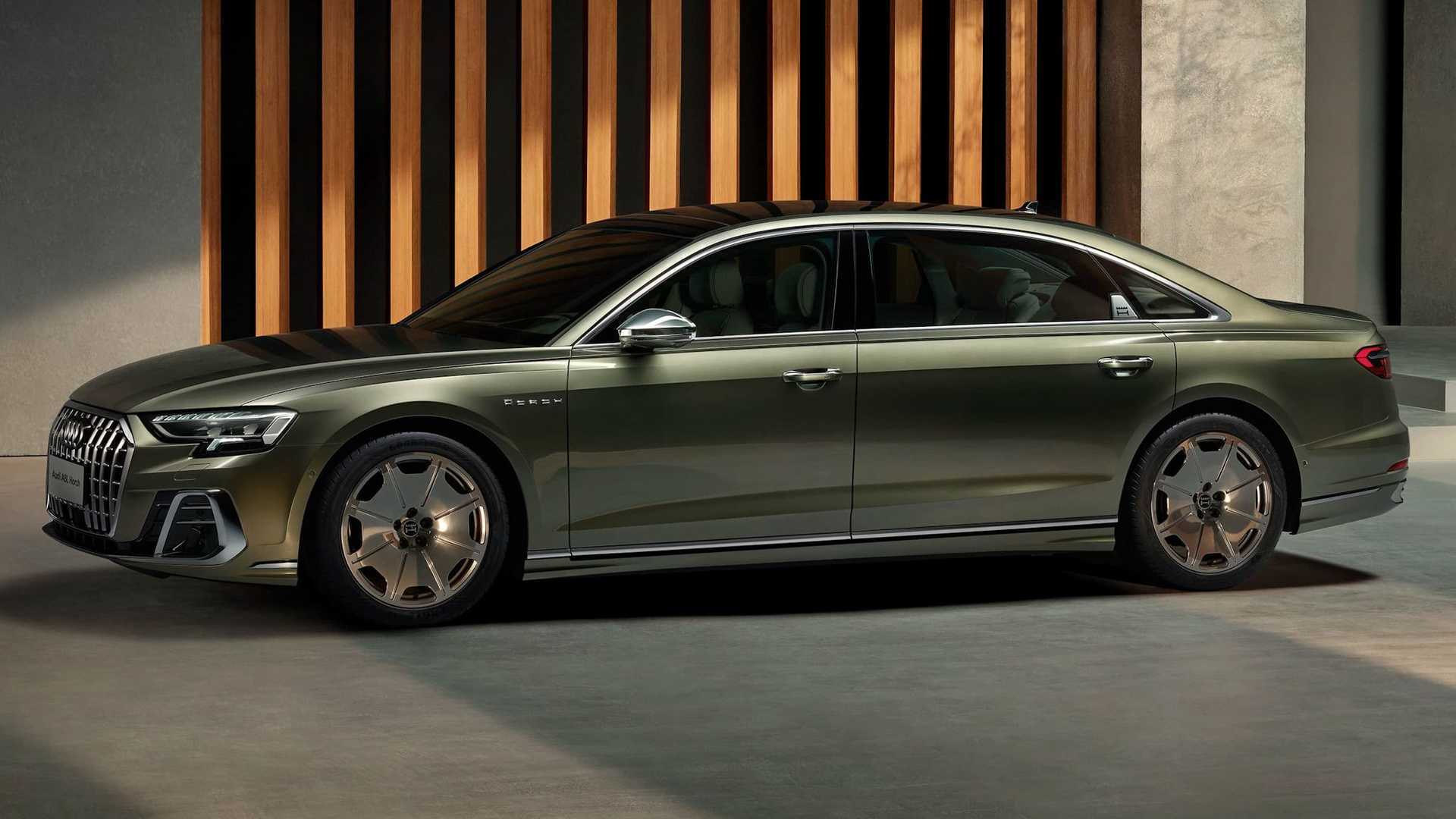
3. Audi A8
The Audi A8 is a technological marvel, loaded with luxurious features and cutting-edge design. As Audi’s flagship sedan, it competes directly with the BMW 7 Series and Mercedes-Benz S-Class, often undercutting them slightly on price. But don’t let that fool you—the A8 is no bargain.
Its maintenance costs can spiral out of control due to its intricate engineering, heavy reliance on electronics, and a variety of common long-term reliability issues. When the A8 is new, it feels like a spaceship on wheels. When it’s used and out of warranty, it feels like that spaceship is crashing into your bank account.
One of the most problematic areas of the A8 is its suspension. Most models come with adaptive air suspension as standard, which provides a supremely smooth ride when functioning correctly.
However, air suspension is notoriously failure-prone over time, and replacement air struts and compressors are expensive and difficult to install. Leaks in the system can lead to an uneven ride height or total failure of the system, resulting in the dreaded “low-rider” look that sends many owners straight to the repair shop.
The A8’s engine choices also complicate things. While the V6 models are relatively manageable, the V8s and W12 engines introduce significant mechanical complexity. Turbocharger issues, oil leaks, carbon buildup, and timing chain failures are all known problems.
These are not simple backyard fixes—they require specialized tools, diagnostic equipment, and often removal of multiple components just to access the part in question. Labor rates for an A8 repair can rival those of ultra-luxury brands like Bentley or Maserati due to the level of expertise and time involved.
Then there’s the issue of electronics—virtually everything in the A8 is run by complex software and sensors. MMI infotainment failures, power seat malfunctions, adaptive lighting issues, and camera sensor glitches are all common.
These problems often result in dealer-only repairs that come with outrageous markups. Owning an A8 without a warranty is like playing a high-stakes game of financial poker. For all its beauty and refinement, the A8 is a luxury gamble that rarely pays off in the long term.
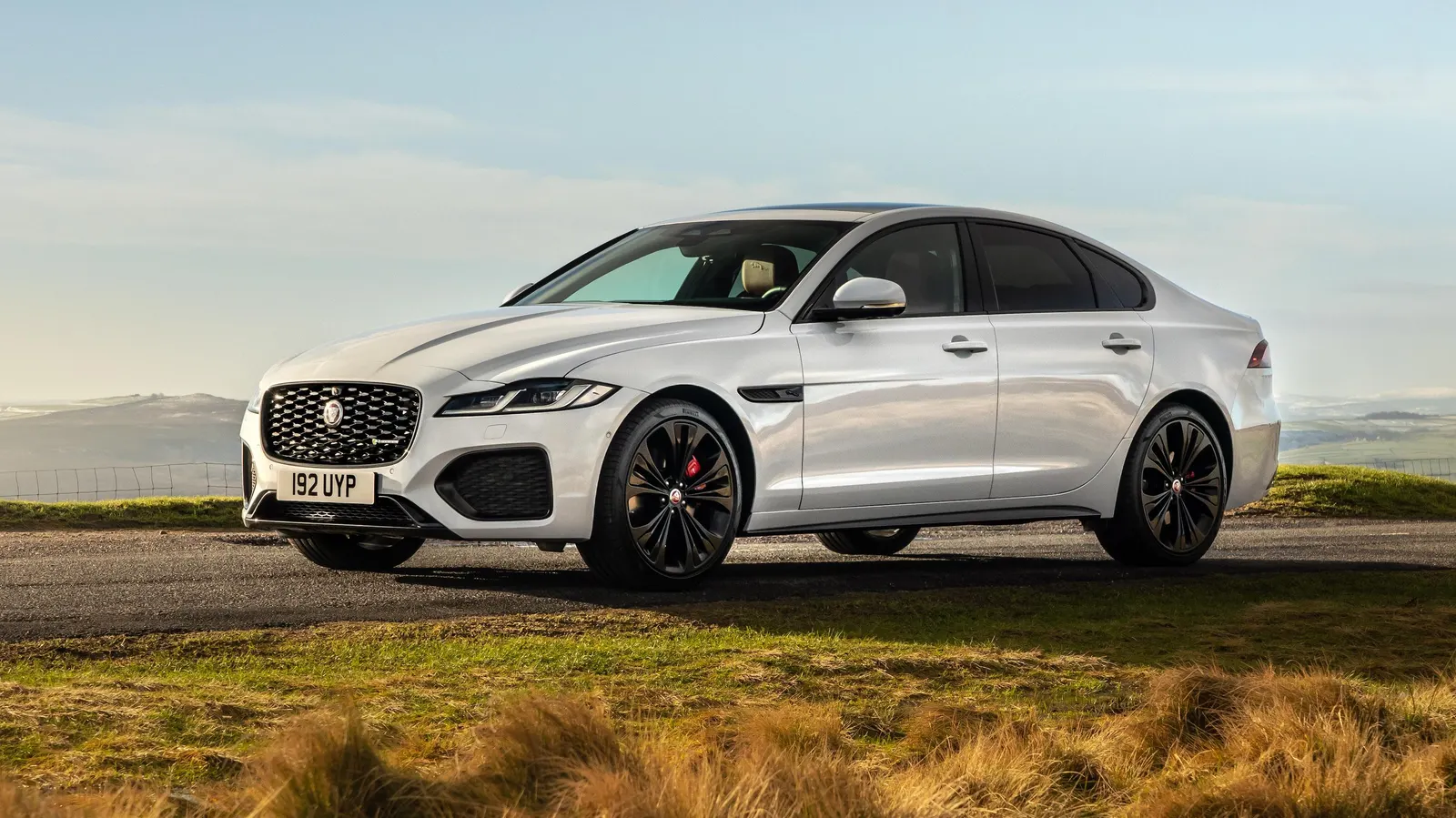
4. Jaguar XF/XJ
Jaguar’s XF and XJ models are stunning examples of British automotive design. With flowing lines, graceful interiors, and a distinctive personality, they offer a unique alternative to the more clinical German competitors.
Unfortunately, that uniqueness extends to their maintenance needs, which are often unpredictable and expensive. Jaguars have struggled with reliability for decades, and while newer models have improved, they still carry the legacy of finicky electronics, poor long-term durability, and hard-to-find replacement parts.
One of the biggest drawbacks of owning a Jaguar XF or XJ is the inconsistency in build quality. Some owners report several years of trouble-free driving, while others face a litany of problems within months of ownership.
From malfunctioning sensors to failed suspension components and intermittent electrical glitches, Jaguar sedans are notorious for developing nagging issues that require frequent service visits. Even seemingly small problems can become major headaches due to the brand’s lower production volume and limited aftermarket support.
Engine performance is another double-edged sword. While Jaguar’s supercharged V6 and V8 engines offer thrilling acceleration, they’re not the most durable in the luxury world. Oil leaks, timing chain stretch, cooling system failures, and engine misfires are known issues that typically arise just after the factory warranty runs out.
Due to the tightly packed engine bay and poor accessibility, most repairs require extended labor hours, driving up the cost significantly. In addition, many shops refuse to work on Jaguars due to the brand’s reputation for erratic behavior and hard-to-source parts.
Even regular maintenance tasks such as oil changes, brake jobs, or sensor replacements tend to cost more than expected. Jaguar uses proprietary parts and diagnostic systems that are not easily serviced outside of a dealership network, which further inflates costs.
As much as these cars stand out for their elegance and performance, they’re often regrettable purchases once the honeymoon phase wears off. Without an extended warranty or a dedicated budget for repairs, the XF and XJ can quickly transform from dream cars into daily burdens.
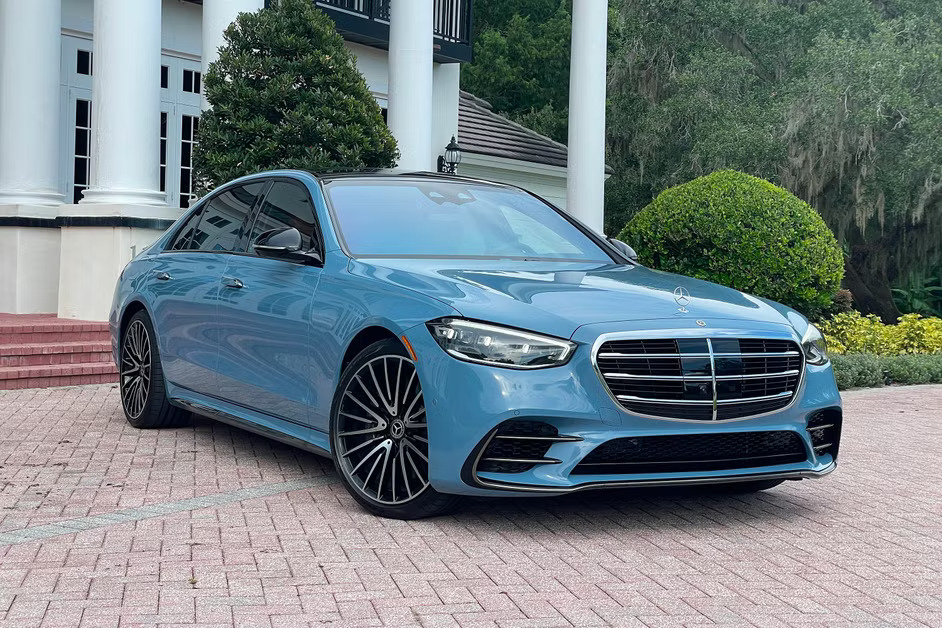
5. Mercedes-Benz S-Class
The Mercedes-Benz S-Class has long been the gold standard for flagship luxury sedans. It’s a symbol of success, engineering prowess, and futuristic innovation. Each generation of the S-Class introduces new technology years before it becomes standard in the rest of the industry. But that same innovation comes at a price—quite literally.
The S-Class is one of the most expensive vehicles to maintain, especially once it crosses the 50,000-mile mark and begins to exit the factory warranty window. Owning an older S-Class can feel less like driving a car and more like funding an experimental tech program.
A major reason for the S-Class’s high maintenance costs is its reliance on complex systems. Air suspension, active body control, massaging seats, 4-zone climate control, dual-pane windows, and dozens of sensors and modules contribute to the luxury feel—but also create a staggering number of potential failure points.
These features tend to fail not in isolation but as interconnected systems, meaning a problem in one module can cause a ripple effect across others. Diagnosing these issues can take hours, and repairs often require software reprogramming that only authorized dealers can perform.
Powertrains in the S-Class are refined and powerful, but they are also high-maintenance. Turbocharged V8s, bi-turbo V12s, and even newer mild hybrid systems introduce significant complexity. Common problems include oil cooler leaks, crankshaft position sensor failures, and high-pressure fuel pump issues.
Repairs are further complicated by the tightly integrated engine bay, requiring long labor hours to remove components just to access the faulty part. Even basic jobs like replacing spark plugs or engine mounts can require several hours of shop time.
If you’re considering an older S-Class, particularly one without a comprehensive extended warranty, expect repair bills that routinely cross four-digit territory. While new S-Class models may include complimentary maintenance and warranty coverage, those benefits quickly expire.
After that, you’re on your own—and it’s not a place many owners enjoy being. The S-Class may embody the pinnacle of automotive luxury, but unless you’re prepared to pay top dollar not just to buy it, but to keep it running, it may not be the wisest long-term choice.
Also Read: 5 Cars With Zero Depreciation Over 5 Years and 5 That Drop Instantly
Luxury cars represent a lifestyle as much as a mode of transport. They are a testament to design, engineering, and an owner’s success, but they also come with one of the most overlooked aspects of car buying: long-term maintenance costs.
After exploring both ends of the spectrum in this article, one thing becomes abundantly clear: when it comes to luxury vehicles, not all that glitters is gold, and sometimes, it’s a very expensive illusion.
On one hand, we examined five vehicles that allow drivers to enjoy a first-class experience without putting themselves on a first-name basis with their mechanic. The Lexus ES, Acura TLX, Volvo S60, Genesis G80, and Infiniti Q50 all offer compelling value, not just in their MSRP, but in how they’re engineered for durability and ease of ownership.
These brands and models have managed to strike a rare balance between sophistication and simplicity, often using proven drivetrains, common parts, and accessible servicing networks. As a result, their owners often report lower-than-average service costs and fewer unexpected breakdowns.
These cars prove that you don’t need to sacrifice dependability for luxury. They serve as a reminder that it’s not always about having the flashiest badge, but about choosing vehicles that have been thoughtfully engineered to last.
The brands behind them—Lexus, Acura, Volvo, Genesis, and Infiniti—have clearly placed a premium on real-world usability, rather than betting everything on risky innovations or unnecessarily complex technology. They may not always have the brand prestige of their German rivals, but they more than make up for it in reliability, lower ownership costs, and peace of mind.
On the other side of the equation, we took a hard look at five vehicles that can cost a fortune long after the purchase check clears. The BMW 7 Series, Range Rover, Audi A8, Jaguar XF/XJ, and Mercedes-Benz S-Class are marvels of engineering when new—but their brilliance often fades into frustration once maintenance and repairs come into play.
These vehicles are often packed to the brim with the latest tech, powerful (but temperamental) engines, and cutting-edge suspension systems that look great on a brochure but come with equally cutting-edge repair costs.
In truth, these models offer a cautionary tale about the hidden costs of ownership. High repair frequency, expensive parts, limited service options, and software-based features that require dealer-only fixes all contribute to their reputations as beautiful but high-risk investments.
They serve as reminders that innovation, while exciting, can quickly become a liability if not paired with durability and accessible servicing. Many luxury owners who don’t do their homework learn the hard way that their monthly expenses aren’t limited to fuel and insurance—they include consistent trips to the service bay.
So, what does all this mean for prospective luxury car buyers? It means that research is critical. Don’t be swayed solely by horsepower numbers, panoramic sunroofs, or how the badge makes you feel. Dig into ownership reports. Understand the true cost of living with that vehicle over five to ten years.
Consider not just how it looks in your driveway, but how it will perform when the odometer starts creeping up, and the warranty runs out. That’s when the real ownership experience begins.
Luxury isn’t just about what you drive—it’s how you feel while owning it. And if your vehicle constantly drains your wallet, keeps you at the service center, or fills you with anxiety every time a warning light appears, is it really luxury at all?
True luxury offers performance, comfort, and elegance—without turning you into a stressed-out financier. Choose wisely, and you’ll find a car that not only turns heads but also stands the test of time—and your budget.

